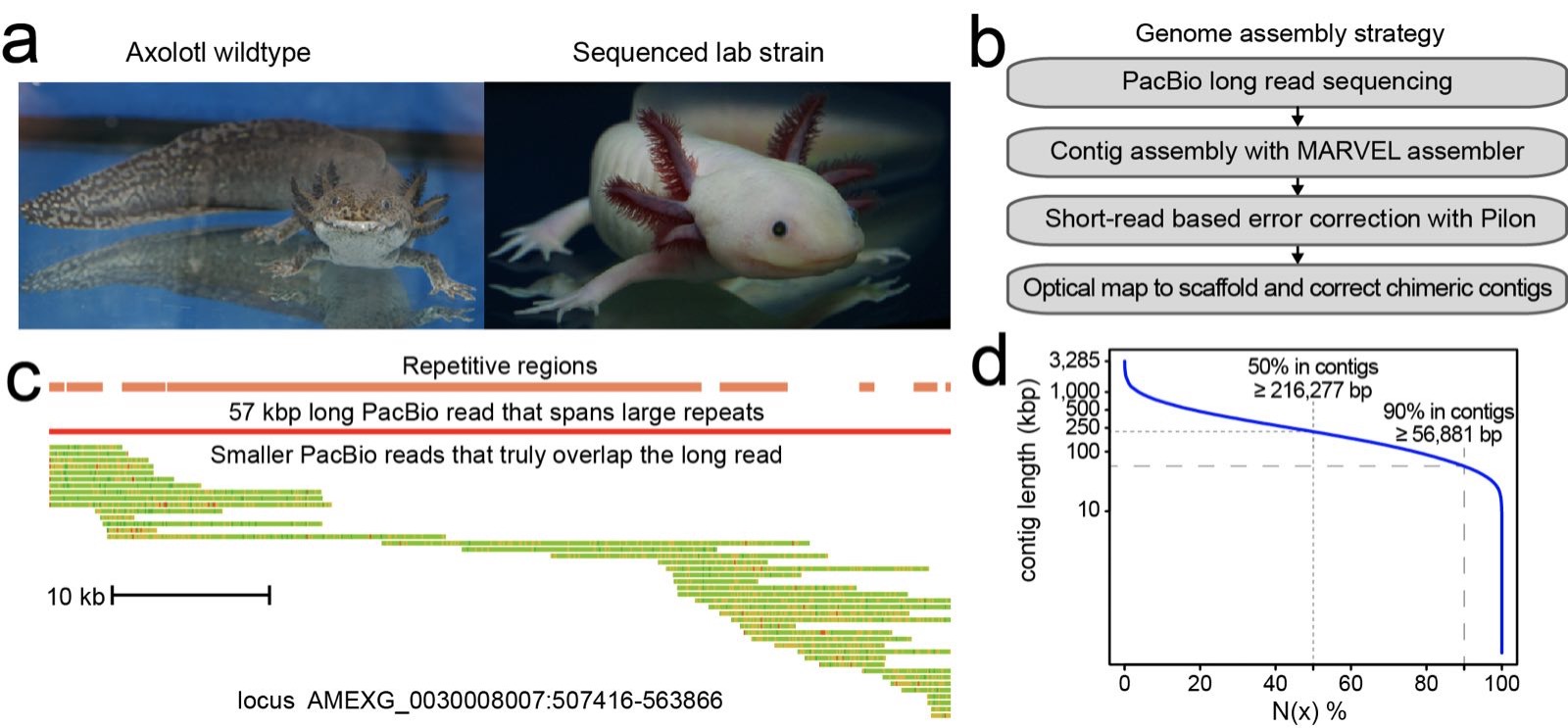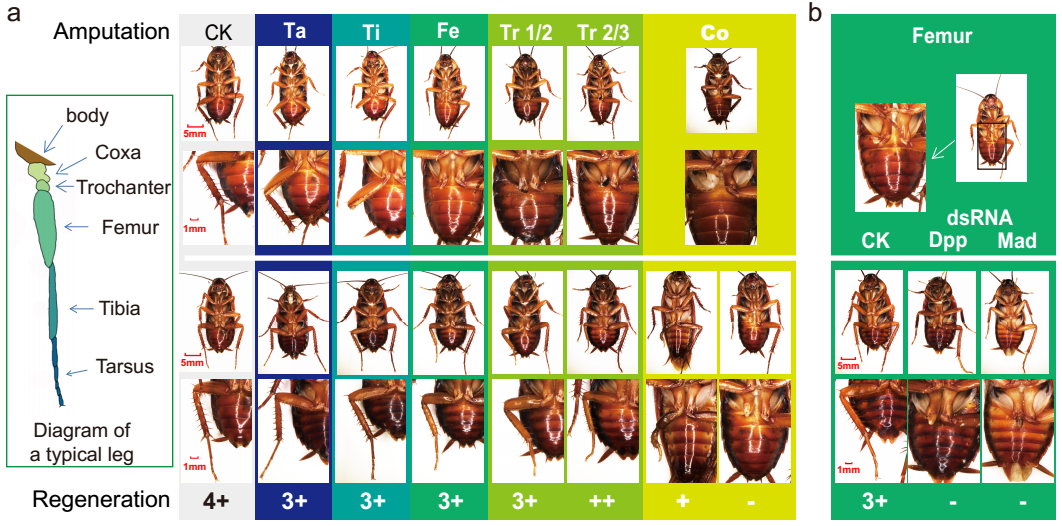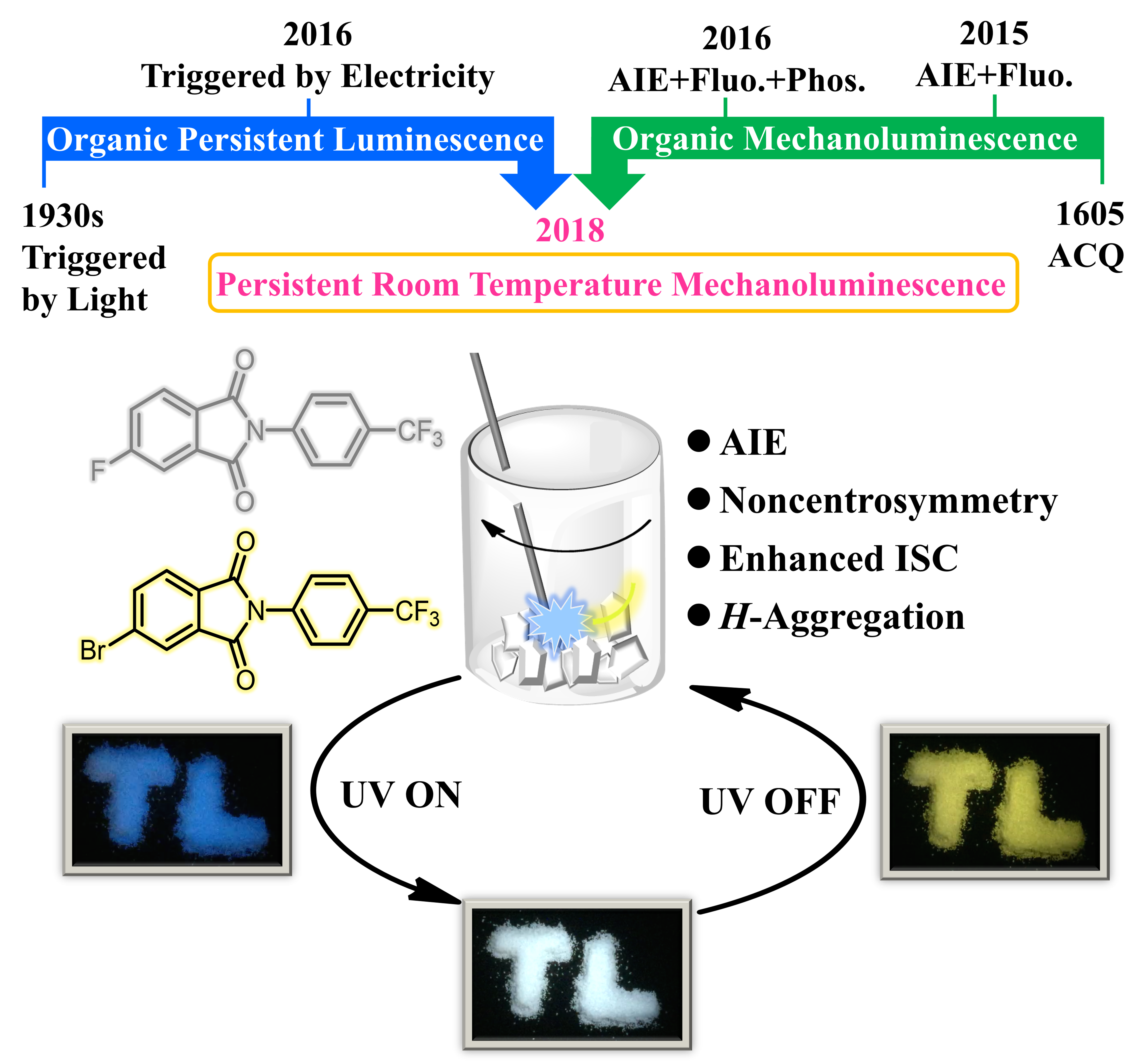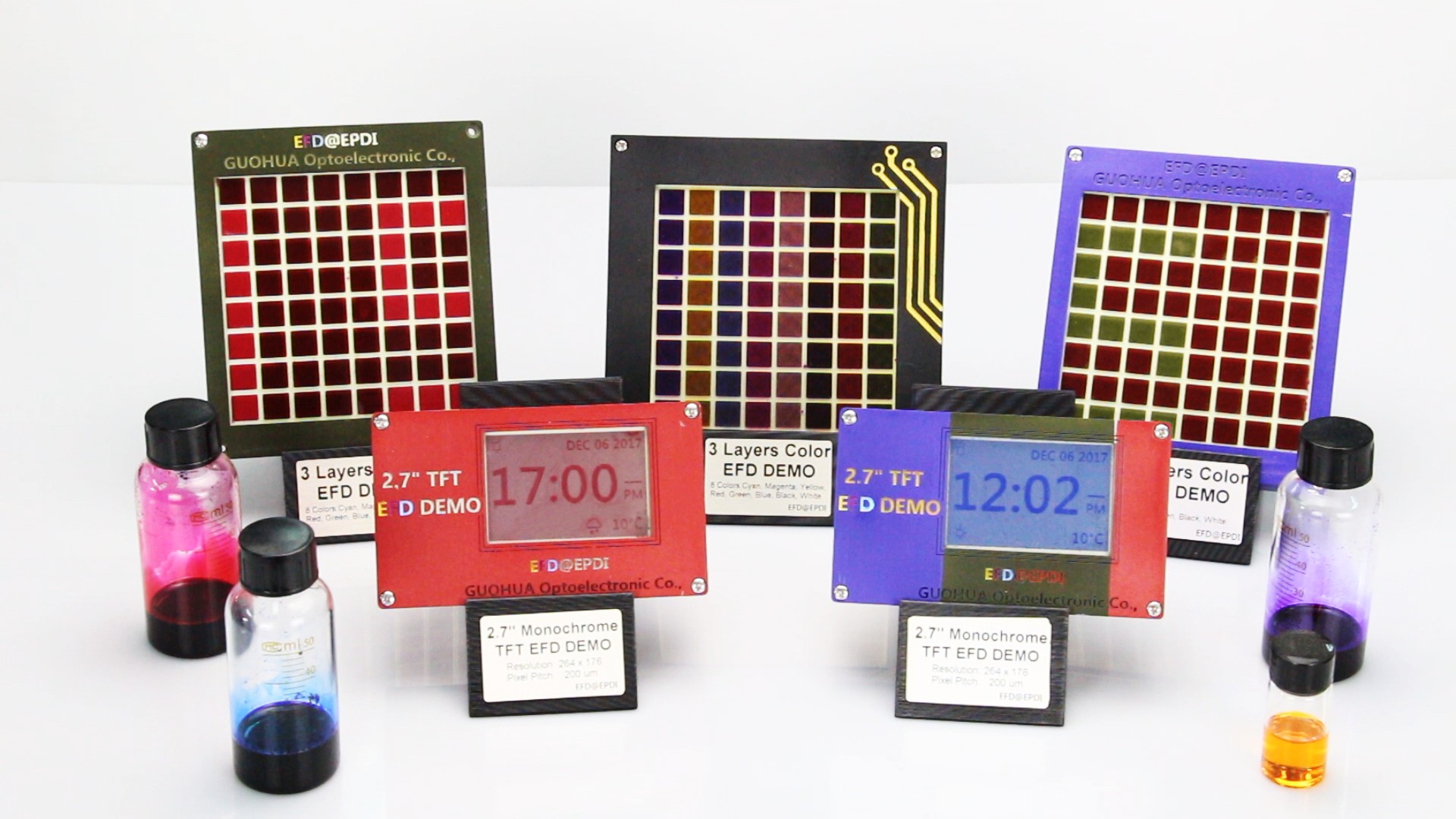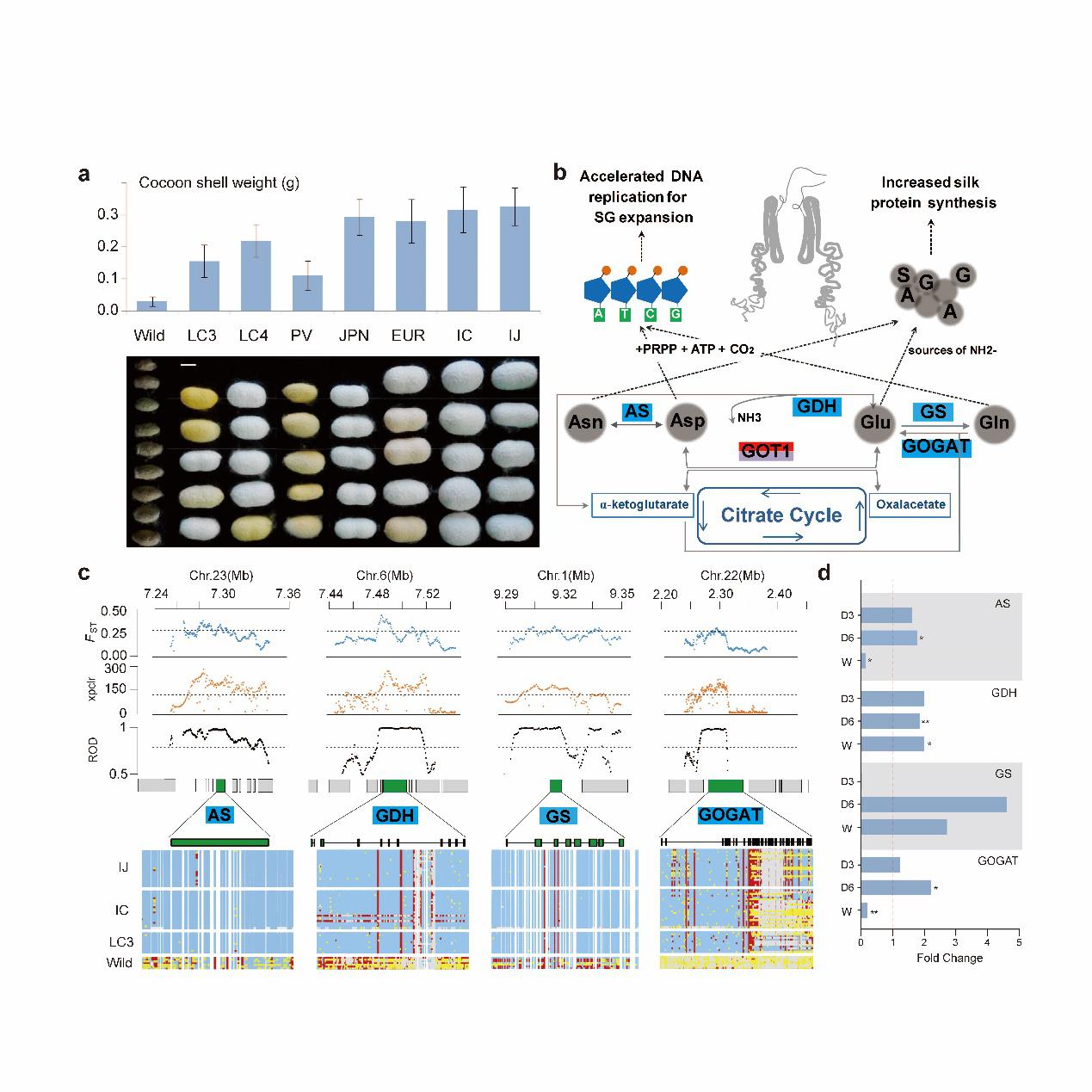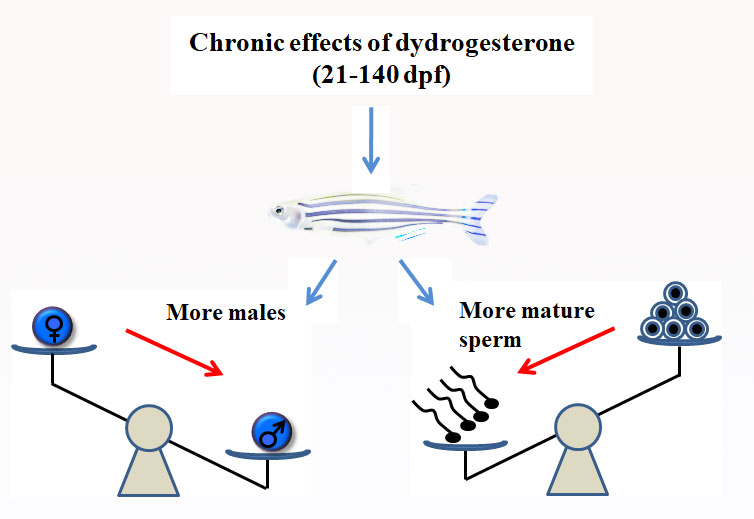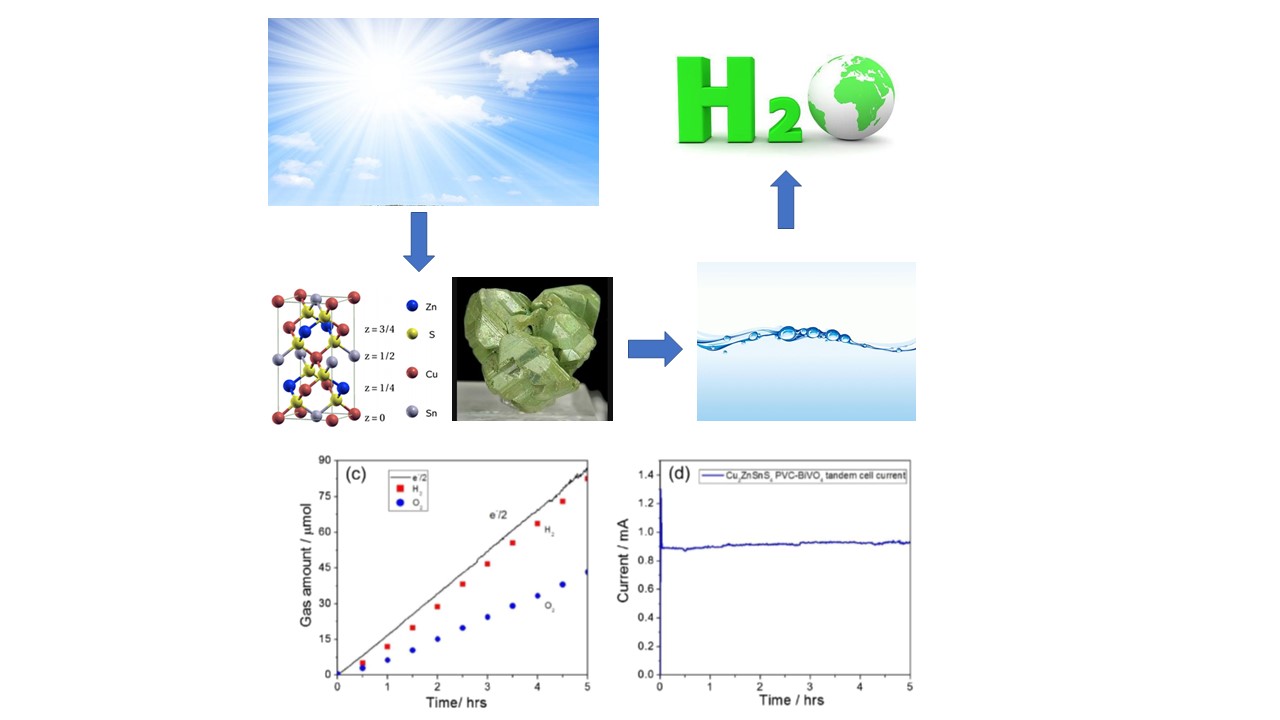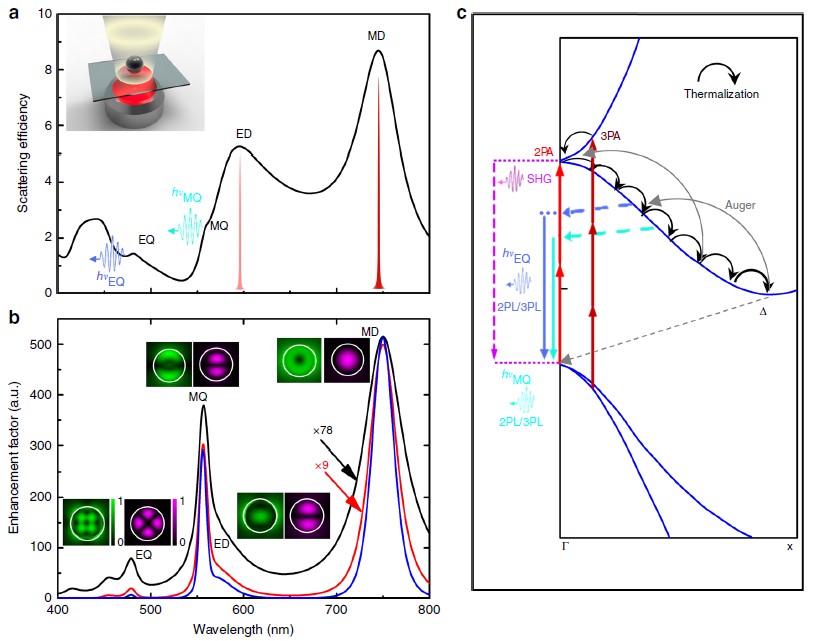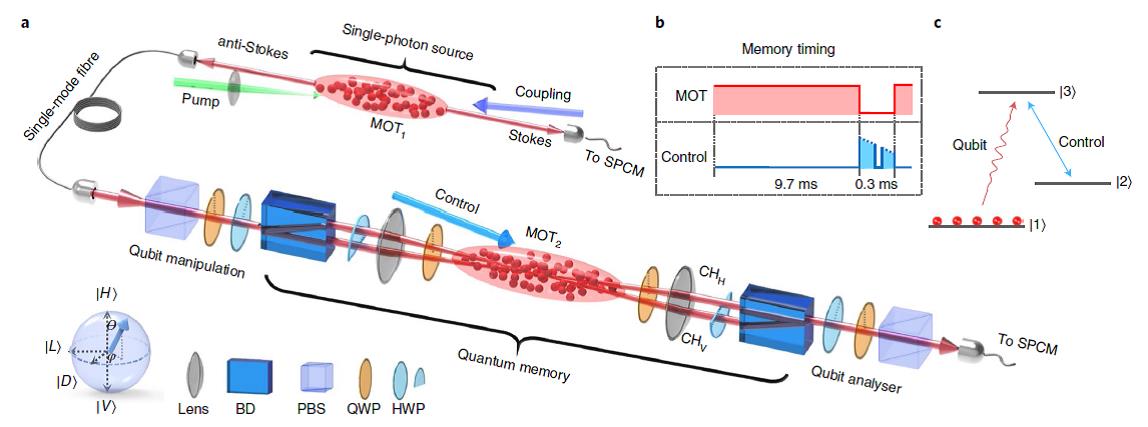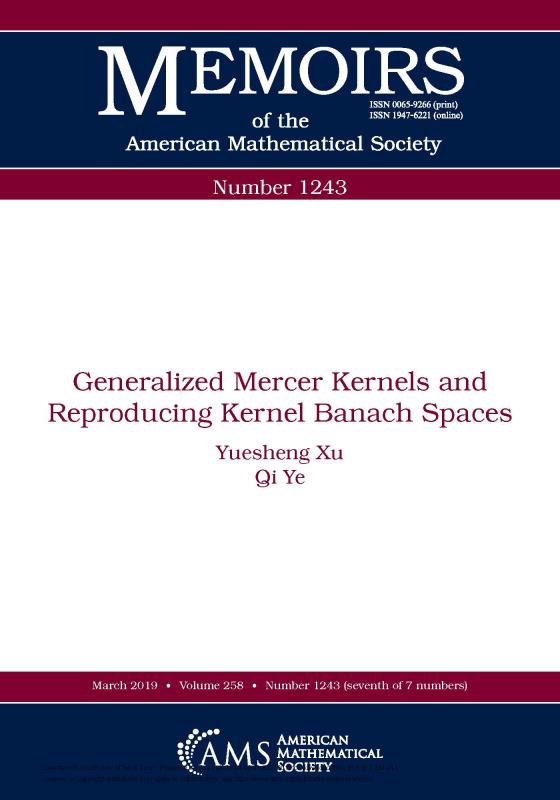
Likes
On Nov. 6, Physical Review Letters, an international top periodical in physics, published an important paper on progress in the field of quantum science and application by researchers from SCNU, led by Dr. Zhang Shanchao, entitled δ-Quench Measurement of a quantum wave function.
Researchers from the School of Physics & Telecommunication Engineering, and the Guangdong Provincial Key Laboratory of Quantum Engineering and Quantum Materials of SCNU proposed and experimentally demonstrated a new and efficient measurement strategy based on a δ-quench probe which can directly obtain photonic temporal wave functions. The δ-quench probe has also been successfully applied to measure various photonic temporal wave functions achieving a measurement fidelity of about 99%.

Experimental setup for the δ-quench measurement of the temporal wave function
Measurement plays an important role in natural science research, since new breakthroughs in measurement methods can directly promote new scientific discoveries and the progress of human knowledge. The wave function is one of the fundamental assumptions of quantum mechanics. The measurement of a quantum state wave function not only acts as a fundamental part in quantum physics but also plays an important role in developing practical quantum technologies.
Conventional quantum state tomography has been widely used to estimate quantum wave functions, which usually requires complex measurement techniques. Since the recent weak-value-based quantum measurement circumvents this resource issue but relies on an extra pointer space, the existing measurement methods all face different kinds of challenges in the practical applications. For instance, it is still difficult to find the available and suitable pointer for the direct measurement of photonic temporal wave functions.
In the view of the current challenges, the ultra-cold atomic physics research group at SCNU has theoretically proposed and demonstrated a δ-quench measurement ( δ-QM) method, a new type of versatile strategy for quantum wave function measurement, which has an important application prospect in the fields of continuous variable quantum wave function and high dimensional quantum information, on account of its characteristics of a large measurement parameter range and high measurement fidelity without relying on extra pointer space.
Dr. Zhang Shanchao, and Zhou Yiru, M.A. from SCNU, and Ph.D candidate Mei Yefeng of HKUST are co-first authors. Professor. Du Shengwang of HKUST, and Professors Yan Hui and Zhu Shiliang of SCNU are co-corresponding authors. Also involved in this work are Dr. Liao Kaiyu, Dr. Li Jianfeng, Professor Zhang Xinding of SCNU and Ph.D candidate Wen Yongli of NJU, etc..
This work was supported by the National Key Research and Development Program of China, the National Natural Science Foundation of China, the Natural Science Foundation of Guangdong Province, the Key Project of Science and Technology of Guangzhou province and the Key R&D Program of Guangdong province.

An introduction of the research team
Thesis link:
https://journals.aps. org/prl/abstract/10.1103/PhysRevLett.123.190402
Translated: Yang Yi
Proofread: Edwin Baak
Reviewed: Li Jianru
What to read next:
